
Fiat 500 Hatchback (2008-2024) review
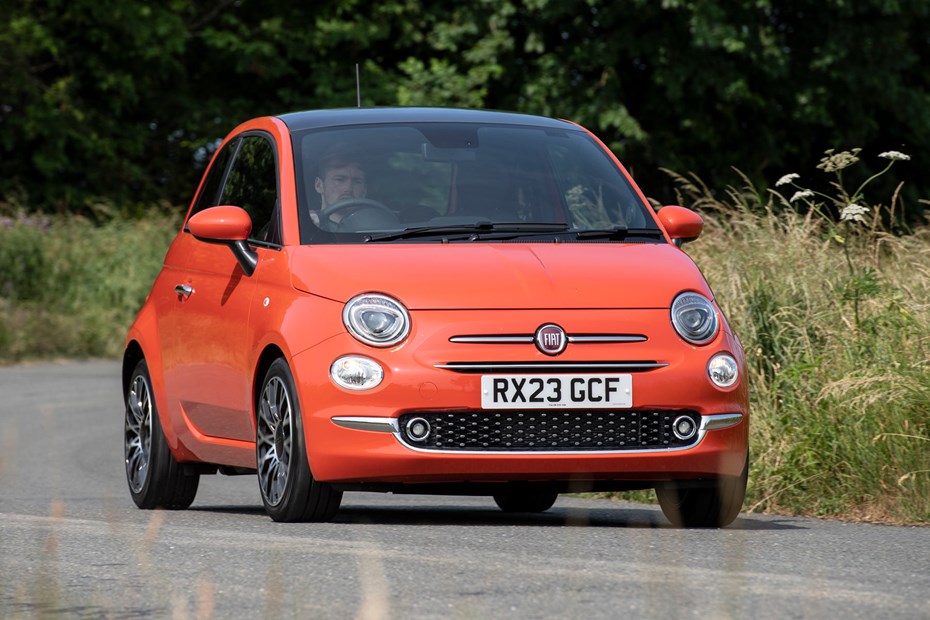
At a glance
| Price new | £8,665 - £19,265 |
|---|---|
| Used prices | £624 - £13,215 |
| Road tax cost | £20 - £215 |
| Insurance group | 3 - 15 |
Get an insurance quote with

|
|
| Fuel economy | 41.5 - 61.4 mpg |
| Range | 339 - 639 miles |
| Miles per pound | 6.1 - 9.0 |
| Number of doors | 3 |
| View full specs for a specific version | |
Available fuel types
Petrol
Diesel
Pros & cons
- Cheeky retro styling
- Compact dimensions
- Efficient mild-hybrid engine
- Awkward driving position
- Noisy at motorway speeds
- Three-star Euro NCAP rating
Fiat 500 Hatchback (08-24) rivals
Overview
The Fiat 500 is a small car that has been around for a very long time now. It was unveiled in 2008, and celebrated its 15th birthday in 2023. That means the 500’s lifecycle has been twice as long as the average rival’s – in fact, it’s lasted through two generations of the Ford Fiesta. And three iterations of the Vauxhall Corsa. We’ve driven a lot of Fiat 500s over this time, and this review is based on extensive experience – though you can also find out more about how we test cars on Parkers separately.
Fiat has tinkered relentlessly with the 500 formula over the years, revising the engine range and changing the trim levels in a bid to keep it fresh for customers who remain keen to buy it. The brand’s engineers also added a host of new safety technology and a fresh infotainment system in 2016, but this hardly seemed enough at the time to keep the 500 fully competitive. Several years on, it is definitely feeling its age.
Striking back somewhat, in 2020, the firm unveiled a new electric version, which deploys similarly retro styling but features a vastly improved technology suite and a rather peppy electric powertrain with a maximum range of 200 miles. You can read more about this in our dedicated Fiat 500 Electric review.
Objectively, the interior technology is way off the pace, its safety equipment is leagues behind its rivals, and the 70hp 1.0-litre mild-hybrid engine (also introduced in 2020) isn’t as refined as the latest electrified units from Hyundai, Ford and Toyota.
Yet for those who aren’t ready to abandon the internal combustion engine for an electric car, the petrol Fiat 500 remains an attractive buy, despite its flaws.
Fans in the UK and beyond still admire its cheeky charm and seemingly timeless styling. And though Fiat has pared back the car’s line-up, it offers just enough customisation options (such as ivory upholstery, brightly coloured decals and, as the Fiat 500 C, a convertible roof) to make each one feel unique.
Its low price means the Fiat 500 is among cheapest cars in the UK, too. So it’s still tempting to first time buyers, second-car shoppers and those who just want an inexpensive runabout that’s nimble in traffic.
Over the next few pages, we’ll explore how the petrol-powered Fiat 500 compares to the current crop of small hatchbacks – and we’ll assess whether it’s still worth spending money on, or whether you should overlook it and go for a newer rival. Click through to the following pages for our impressions on the car’s practicality, interior, driving experience and running costs.




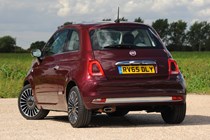
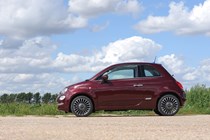
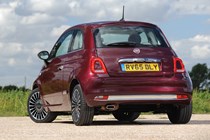

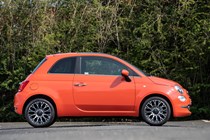
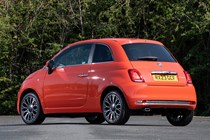
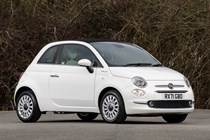
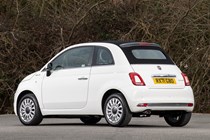
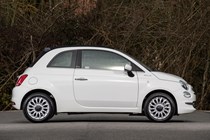

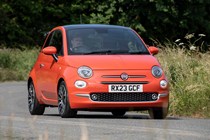
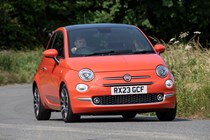
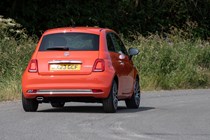
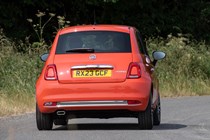
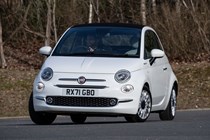
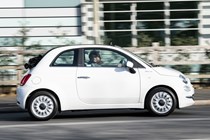
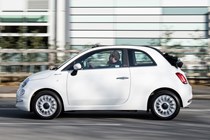
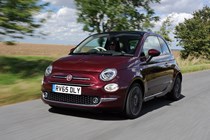
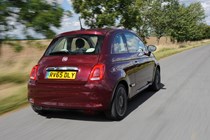
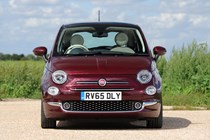
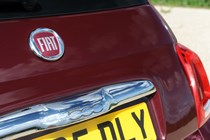
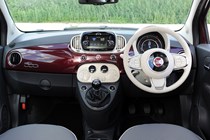

.jpg)
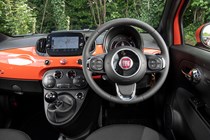

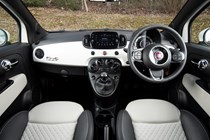
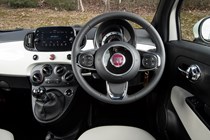

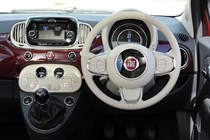
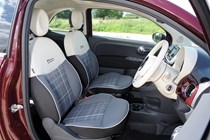

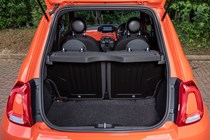
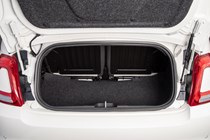
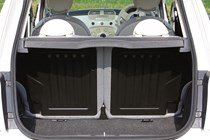
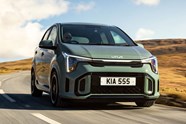

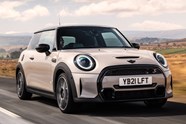



























.jpg?quality=50)










